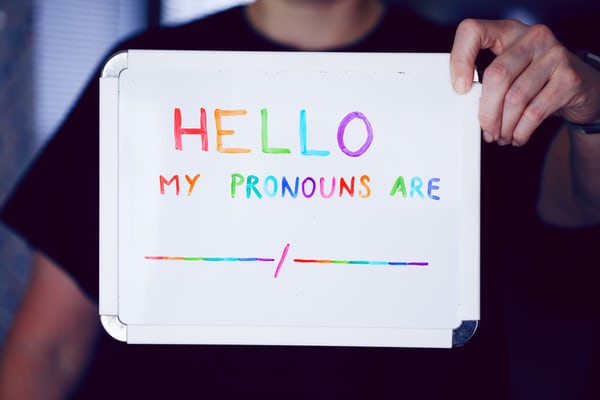It was 1986 when I began practicing law in the state of Massachusetts, and gay marriage was still seventeen years away from the landmark Massachusetts Supreme Judicial Court case in which the Court held that the Massachusetts Constitution requires the state to legally recognize same-sex marriage. The November 18, 2003, Goodridge decision was the first by a U.S. state’s highest court to find that same-sex couples had the right to marry. People were quick to quip that gay divorce wouldn’t be far behind, and of course it wasn’t. All marriages are precious and vulnerable and sometimes divorce is the best solution when a marriage between two people becomes unhappy, untenable and sadly, sometimes destructive.
Those of us practicing law since 2003 will recall how although Massachusetts allowed gay marriage, as it was not federally recognized divorce agreements for gay couples had to be written to accommodate for the those differences. In fact, it wasn’t until June 26, 2015, when the U.S. Supreme Court decided Obergefell v. Hodges that all state bans on same-sex marriage were struck down, same-sex marriages were legalized in all fifty states, and all states were required to honor out-of-state same-sex marriage licenses. For the intervening twelve years laws struggled to catch up while society moved forward.
More recently, as the emergence of gender changing/trans-acceptance in society has become more prevalent, I’ve once again found myself evaluating how to write divorce agreements so that they speak to a couple when one of the parties, or one of their children, is transitioning. It’s more than the pronouns, although certainly they were my initial impetus for thinking about agreement drafting. It’s also about the construction of future relationships and how they are being fundamentally altered. Twice this past year I worked with families who had a transitioning family member.
In one instance, it was the college-aged child of a couple whose father was relocating to China and knew that once his daughter transitioned it would not be possible for her to visit him there or for her ever again to see her extended family who lived in China. He loved her and wanted to provide and protect her but realized that doing so meant he would have limited contact with her in the years to come. It also meant that without great forethought their child’s mother would be their daughter’s only means of financial and emotional support. With careful and preemptive planning a trust was formed to create a mechanism for shared financial responsibilities and reduced future international financial and emotional complications.
The second divorce involved one partner who was transitioning from male to female. Although the wife was accepting of her partner’s transition, one of the parties’ grown children was angry and refused to speak to her transitioning father. Although the parties’ children were grown and therefore their custody was not in issue, their allegiance was clearly with their mother and she needed support outside of her family to remain clear headed about her divorce and abide by her stated goal to limit acrimony over their marital asset division.
Just as the political, social and sexual revolutions of the 1960’s resulted in father’s rights movements, working mothers and changes to traditional parenting agreements, the current social climate is again leading to changes in the law for restructuring families. While it’s easy to become fixated on familiar lenses and to overlook alternative vantage points, I often find other possibilities are present if we don’t block ourselves from their view.
One lens that I’ve found to be helpful is that of the Native American five-gender system in which communities acknowledged the following gender roles: “Female, Male, Two Spirit Female, Two Spirit Male and Transgendered.” Further, they considered individuals who had two-spirits (both male and female characteristics) to be gifted by nature, as they were able to see both sides of everything. In fact, it wasn’t until Europeans took over North America that natives adopted the ideas of gender roles. Prior to that time Native Americans had no set of rules men and women had to abide by in order to be considered a “normal” member of their tribe. Sometimes looking backward is the best way to propel ourselves forward.

